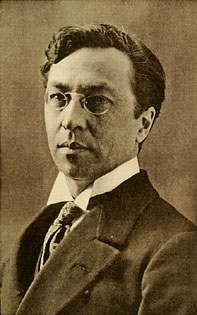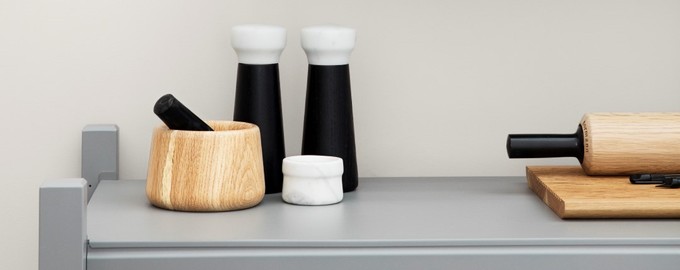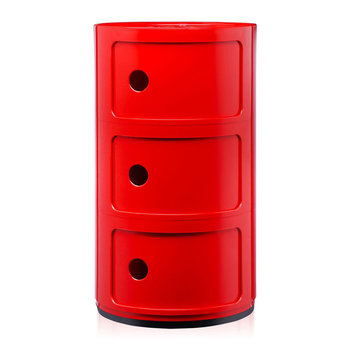From 1919 to 1933, the Bauhaus was a German art school that taught students crafts and fine arts. People were drawn to the school because of its design philosophy, which aimed to integrate beauty with everyday usefulness by combining mass manufacturing principles with unique artistic vision.

In Weimar, architect Walter Gropius founded the Bauhaus. It was based on the concept of establishing a complete artwork that will likely bring all of the art forms together. The Bauhaus style inspired numerous modern design, modernist architecture and art, design, and architectural education.
Staff who worked in The Bauhaus



Style of Design
Simple geometric shapes, such as rectangles and spheres, are common in the Bauhaus style, as are no ornate ornamentation. Rounded corners, as well as rounded walls, are common in buildings, furniture, and typography. Other structures have rectangular characteristics, such as projecting terraces with flat, hefty railings facing the street and long banks of windows. Chrome metal pipes with curved edges were common in furniture.
Metalwork
Metalworking was a popular workshop at the Bauhaus, and it was the most successful in developing design concepts for mass production, along with the cabinetmaking studio. Marianne Brandt, Wilhelm Wagenfeld, and Christian Dell all worked at this workshop to create elegant, modern lighting fixtures and dinnerware. Light fixtures built in the metalwork shop lighted the Bauhaus building and some faculty quarters on occasion.
The Bauhaus’s Influence Today
From furniture to graphic design, Bauhaus influences may be found today. Bauhaus was a pioneer of the minimalist movement, which is still one of the most prominent styles today. With its emphasis on function over form, Bauhaus helped the design industry move away from the elaborate designs of the early twentieth century. Other popular forms, such as Scandinavian, industrial, and mid-century modern, are unmistakably influenced by Bauhaus, demonstrating how far the school’s principles have travelled. This influence has gotten so ingrained in the design world that what were once unique and stunning designs have become so commonplace that we may overlook them if we don’t take a step back and take a closer look.
Examples of Furnitures



CR: https://www.amara.com/editorial/styling/bauhaus-design-movement , https://en.wikipedia.org/wiki/Bauhaus